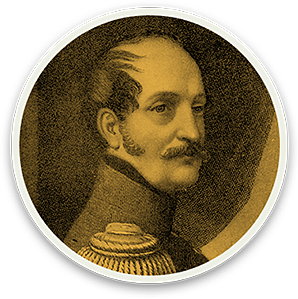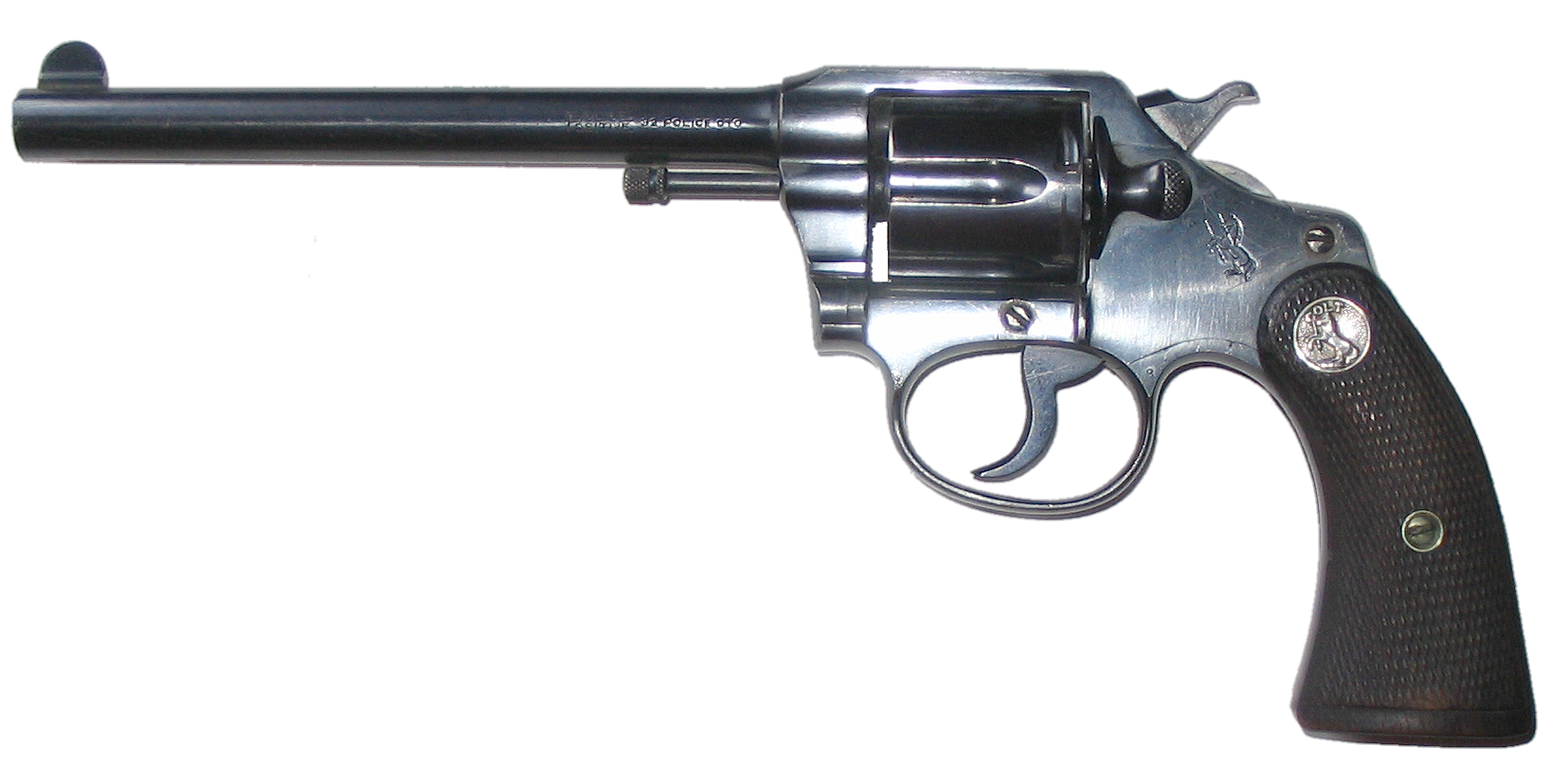







 The exhibition shows a Colt revolver manufactured at the factory of the Tula craftsman Peter Kornilovich Goltyakov.
The exhibition shows a Colt revolver manufactured at the factory of the Tula craftsman Peter Kornilovich Goltyakov.





На заре XIX века англичанин Александр-Джон Форсайт изобрел новый ударный состав для воспламенения заряда. Способ капсюльного воспламенения — применение шариков из гремучей ртути для воспламенения пороха при ударе курка — открыл страницу в истории стрелкового оружия, а родоначальником целой серии оружия нового века стал Сэмюэль Кольт.

Историй о создании легендарного револьвера много, но самой достоверной из них является та, в которой Кольт придумал новый механизм на борту корабля «Corvo», где он наблюдал за вращающимся рулевым механизмом. Так или нет, но именно на «Corvo» Кольт сделал из дерева первую модель будущего револьвера.
Инновационный дизайн револьвера позволял модели точно ложиться в руку при выхватывании из кобуры, а скорость реакции помогала стрелкам произвести судьбоносный выстрел быстрее. Также во времена, когда один экземпляр оружия собирался и подгонялся «под ключ», прогрессивным свойством была взаимозаменяемость деталей на одной и той же модели револьвера, что достигалось благодаря очень точной обработке на станке.
Удивительно, но такое прогрессивное для своего времени оружие не пользовалось популярностью. Даже маркетинговый талант Кольта не смог обеспечить предприятию должный доход, и в 1842 году фабрика закрылась. На этом история револьвера Кольта могла завершиться, однако в 1844 году отряд из пятнадцати техасских рейнджеров под командованием Джона Коффи Хейза столкнулся с племенем команчей, состоявшим из почти 80 человек. Отряд рейнджеров, вооруженный кольтами, перестрелял половину индейцев, остальную обратив в бегство. Без многозарядного оружия такая победа была невозможна, и Хейз, ставший известным после этого инцидента, не забывал и об их спасителе — револьвере Кольта.
Благодаря потоку заказов после этой истории фабрика снова смогла открыться.
| Caliber | 9.0 mm |
| Total length | 35.5 cm |
| Barrel length | 19.0 cm |
| Weight | 1.2 kg |
| Qty of grooves in a barrel | 6 |
| Cylinder capacity | 6 cartridges |